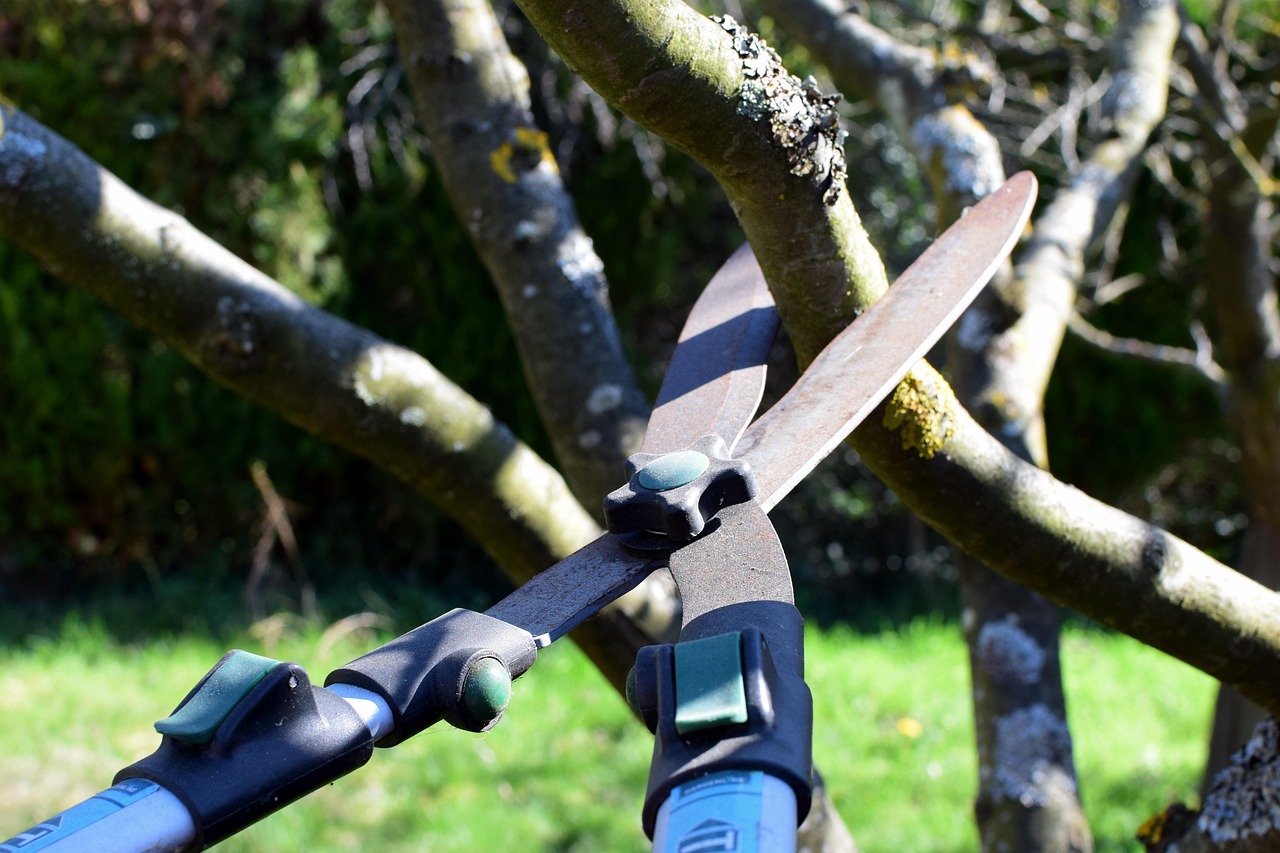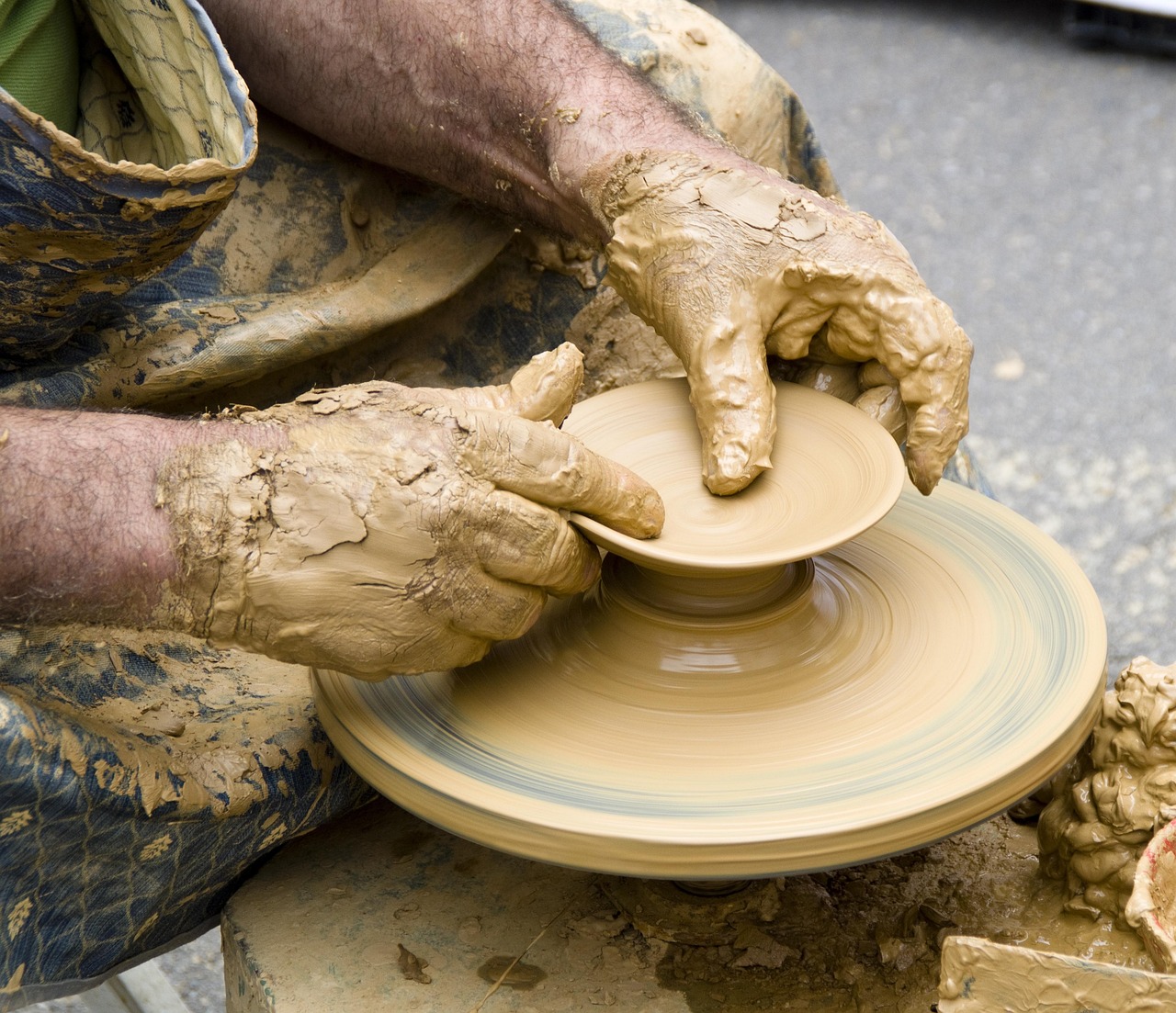Effective pruning of shaped ornamental trees enhances their health and aesthetic appeal. Using simple techniques, proper timing, and the right tools, you can maintain their form, promote growth, and prevent common mistakes. Regular, careful pruning ensures vibrant, well-shaped trees that elevate your garden’s visual beauty and longevity.
Shaped ornamental trees have become my favorite feature in my garden. Their unique forms and visual appeal never cease to amaze me—whether they serve as the centerpiece or as elegant borders along my pathways. From my personal experience, I can tell you that staying consistent with maintenance is key. Pruning isn’t just about aesthetics; it’s about supporting the tree’s wellbeing and vitality.

I remember the first time I attempted to prune a shaped tree. Honestly, it felt intimidating—like walking a tightrope. But I always tell myself that understanding some basic techniques makes the process manageable. Knowing the right tools and methods has saved me from unnecessary stress and kept my trees thriving. From my experience, a little patience and careful planning go a long way.
Understanding the Basics of Pruning
I always start by reminding myself of the core goals of pruning, which have become my personal guidelines:
- Encouraging healthy, vigorous growth
- Removing dead or diseased branches to prevent issues from spreading
- Improving air circulation—I’ve found this reduces pests and keeps my trees happier
- Allowing better light penetration, which benefits the entire landscape
- Maintaining the desired shape—this is the fun part that makes my garden stand out
If you pay attention to these aspects, you’ll find that pruning becomes less of a chore and more of an art. Trust me, balancing aesthetics with health is a rewarding experience.

Pro-Tips from Personal Experience: Common Mistakes to Avoid
When I first started pruning shaped ornamental trees, I made a few costly mistakes that I now keep in mind to save myself trouble. For example, I used to over-prune, thinking that removing more would help the tree recover faster and look cleaner. I learned the hard way that too much at once stresses the tree and can actually hinder its growth. Now, I always limit my cuts to no more than 25% of the canopy at a time and spread out pruning sessions if needed.
Another mistake I frequently saw myself make involved ignoring the health of the tree before pruning. In my early days, I’d start pruning even when the tree was already showing signs of stress or disease, which only worsened its condition. Now, I assess the tree’s overall health first and sometimes wait until after extra care or treatment before doing my cuts.
I also used to rush my cuts and sometimes left jagged or improper cuts because I was impatient or lacked the right tools. That resulted in longer healing times and increased risk of disease. I’ve since learned to always use sharp, clean tools and to make clean, angled cuts to promote quick healing and prevent infections.
Timing was another area where I struggled initially. Pruning in the wrong season—like doing heavy cuts during late summer or fall—caused setbacks. I now stick to the seasonal guidelines I’ve learned for each tree species, pruning at the right time to support their natural cycle and reduce stress.
Lastly, I used to neglect post-pruning care, thinking pruning was enough. Over time, I realized that watering well, mulching, and monitoring for pests afterward are essential to help trees recover and thrive. Incorporating these steps has made a huge difference in the health and appearance of my trees.
By sharing these lessons from my own journey, I hope you can avoid these common pitfalls and enjoy a healthier, more beautiful garden.
Tools Needed for Pruning
Over the years, I’ve discovered that having the right tools makes all the difference. Here’s what I always keep handy:
| Tool | Description |
|---|---|
| Hand Pruners | I always use these for delicate cuts: small branches and fine shaping. |
| Loppers | Perfect for thicker branches—up to 2 inches in diameter—I’ve learned to be cautious not to squeeze too hard. |
| Pruning Saw | For the really thick, stubborn branches I can’t cut with pruners. Just remember to keep it sharp! |
| Hedge Shears | I rely on these for shaping shrubs and topiaries, often during the dormant season. |
| Safety Gear | Gloves and goggles are non-negotiable. I always wear them to protect myself, especially when trimming in tight spots. |
Pro tip from my experience: I always make sure my tools are clean and sharp—this prevents damage to the tree and reduces the risk of disease. Dull blades are tempting to use, but they can cause more harm than good!
Simple Pruning Techniques
I remember when I first learned about these techniques—they sounded complex, but I realized they’re quite straightforward once you get the hang of them. Here are some that I always use:

Crown Thinning
This technique has really helped my trees breathe better. I always go through my tree’s crown and selectively remove some branches—never more than 25% at a time. Too much at once can stress the tree, as I learned the hard way early on. It’s about patience and moderation.
Crown Raising
I love doing this near walkways or patios. Removing lower branches creates a cleaner look and more light. I’ve found it’s essential not to remove too many at once—balance is everything to avoid an unbalanced appearance which I once overdid and regretted.
Crown Reduction
This is my go-to when trees outgrow their allotted space. I always cut branches back to lateral buds or branches, making sure not to overdo it. From my experience, proper reduction protects the tree and keeps it in harmony with the surroundings.

Shaping and Topiary
I always enjoy shaping as a creative outlet—turning ordinary trees into living sculptures. Regular maintenance is necessary, especially during the dormant season, to keep these intricate shapes looking sharp. With practice, I’ve become more confident in the art of topiary, and it really transforms my garden into a gallery.
Patience became my best friend here—sometimes, it takes a season or two for the trees to settle into their new shapes. And I always remind myself: the more consistent I am, the better the results.
Timing Your Pruning
Timing has been crucial in my personal experience. Pruning at the wrong time can do more harm than good. Here are the insights I’ve gathered:
- Seasonality: I always prune in late winter or early spring, during dormancy. It’s less stressful for the tree, and I’ve noticed better spring growth afterward.
- Tree Type: Knowing my trees’ species helps me decide the best pruning window. For flowering trees, I wait until after they bloom so I don’t lose blossoms.
- Weather Conditions: I avoid watering or pruning during extremely cold or wet weather—dry, mild days are my go-to.
From my experiences, patience with timing pays off in healthier, more beautiful trees.
Techniques for Specific Tree Types
Each tree species tends to have its quirks. Here’s what I always keep in mind:
Boxwood
- Prune after the spring growth flush, avoiding old wood since boxwoods don’t regenerate well from it.
- I prefer using sharp shears for clean cuts to promote good regrowth.
Japanese Maple
- I gently thin the crown for better airflow and remove crossing branches—light trimming keeps their delicate beauty intact.
- I avoid heavy pruning because it can damage their graceful form.
Crape Myrtle
- Prune late winter before new growth kicks in.
- I remove dead or weak branches and shape into a vase form, which I find encourages the best flowering.
Common Mistakes and How to Avoid Them
From my own lessons, I know that mistakes can set back your efforts. Here’s what I always watch out for:
- Over-pruning: I’ve learned that removing too much can shock the tree. I always prune conservatively, trusting that it will recover.
- Ignoring health: Before pruning, I always check if the tree is stressed or sick. Sometimes, a bit of extra care is needed before or after pruning.
- Poor cuts: I make sure cuts are clean and angled to promote healing—dull tools or jagged cuts invite disease.
- Timing errors: Pruning at the wrong season has bitten me before. Now, I follow seasonal guidelines based on my tree’s species.
These lessons have saved me headaches and helped my trees stay healthy and beautiful.
Post-Pruning Care
Once I finish pruning, I always focus on caring for the tree’s recovery. For me, this includes:
- Water: I give my trees a good deep soak—they seem to bounce back faster.
- Mulch: Mulching around the base helps retain moisture and keeps weeds at bay, which I find essential.
- Fertilizer: I apply a balanced fertilizer in early spring for a strong start.
- Pest control: Regularly checking for pests or diseases has caught issues early, saving me hassle later on.
Consistent aftercare, in my experience, is what transforms a good prune into a thriving, healthy tree.
The Benefits I’ve Discovered
Whenever I compare my garden before and after pruning, I see these advantages in my own trees:
- Stimulated growth—pruning opens up space for vigorous new shoots
- Prevention of disease by removing dead/diseased material
- Enhanced visual appeal—my garden feels more polished and inviting
- Longevity—regular care seems to extend my trees’ lifespan
All of this encouragement is why I always prioritize pruning in my routine—it’s worth every minute.
Pruning by Seasons: My Personal Tips
I’ve found that knowing when and how to prune each season makes a big difference:
Spring
- I prune early before buds break—helps my trees bounce back quickly.
- I focus on refining shapes and removing any winter damage.
Summer
- I do light trimming to control growth and increase airflow.
- I avoid heavy cuts to prevent stress during the hot months.
Fall
- I make minor cuts, mainly removing dead wood, and avoid heavy pruning late in the season.
- Falling leaves are my cue to tidy up and prepare for winter.
Adapting Techniques for Specific Conditions
Sometimes, special situations call for tailored pruning. Here’s what I always keep in mind:
Pests and Diseases
- Early removal of affected branches is crucial. I always sanitize tools after.
- Encouraging beneficial insects—like ladybugs—has helped me control pests organically.
Overgrown Trees
- I prefer gradual crown reduction, working over a few seasons if necessary, rather than drastic cuts.
- Annual maintenance prevents future overgrowth—my secret to a manageable garden.
